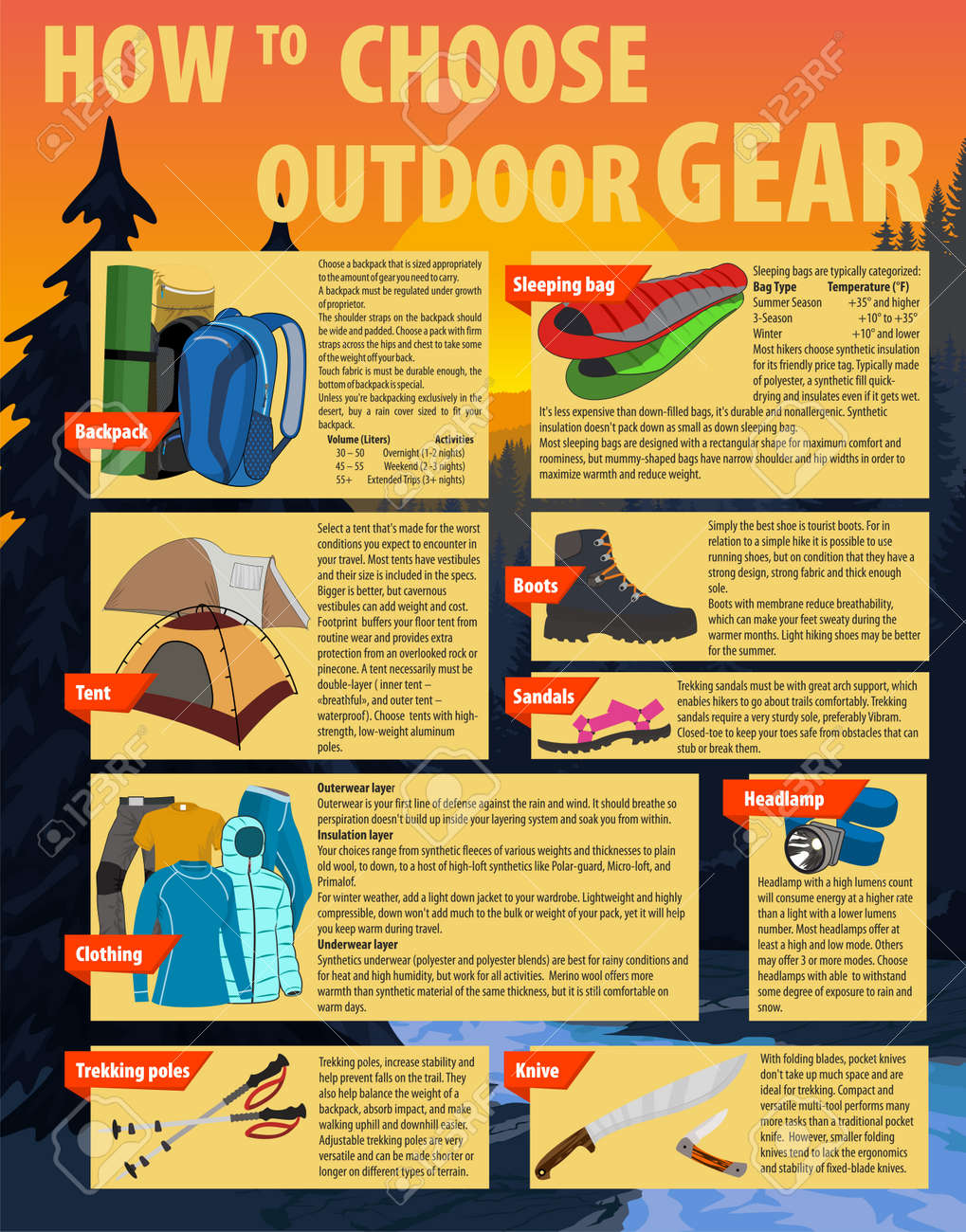The Best Ways To Make Sales For Your Online Camping Tents
The Best Ways To Make Sales For Your Online Camping Tents
Blog Article
Does Your Backpacking Outdoor Tents Need an Impact?
An impact is expensive and includes extra weight to your knapsack. It additionally isn't specifically sturdy.
What is the best canvas tent?
Ultimately, whether or not a tent footprint is necessary depends on where and how often you're camping. As a whole, it's an excellent concept to utilize one if you camp on unpleasant surface areas or in wet conditions.
Tents with Lower Deniers and Waterproof Ratings
Outdoors tents with reduced deniers and water resistant ratings tend to be lighter, but they can likewise be a lot more vulnerable. They might need more regular repair work and have less interior space than harder versions. If you're a laid-back backpacker that likes to travel fast and light, this might be great; nonetheless, even more knowledgeable hikers understand that sacrificing resilience can come with big consequences down the trail.
The denier and water-proof ranking of a camping tent's canopy, rainfly, and floor can help you establish its livability. Seek higher-denier textiles on the canopy and rainfly, as well as taped joints that aid stop water from leaking through stitches. Some manufacturers also utilize warm and sealant throughout building and construction to produce a stronger seam; these are called bonded joints.
The livability of a camping tent can also be determined by its flooring measurements and capacity. A tent's flooring must be somewhat smaller than the impact to avoid water from pooling under the sanctuary.
Camping Tents in Rough Terrain
Many backpacking outdoors tents include a footprint made particularly for their design, which helps make certain an appropriate fit and shields the outdoor tents's base from wetness and sharp objects. Various other makers sell global impacts that can be cut or folded up to match a camping tent's dimensions.
The sort of terrain you'll encounter is an additional crucial consideration for picking a camping tent. For instance, if you'll be camping in a canyon or gully, seek a sanctuary that can deal with solid winds. These conditions create disturbance that can make the difference in between enjoying your camping site or experiencing discomfort.
The ability and top height of an outdoor tents give you an excellent idea of its livability, but extra factors to think about include vestibules (the area of the rainfly covering the doors) and overall storage room. For instance, during our wintertime testing of the Marmot Tungsten, its charitable 93-by-82-inch floor conveniently dealt with 4 sweaty backpackers and their puffier shoulder period sleeping bags while still leaving sufficient room for gear and people.
Tents in Damp Issues
Even if your camping tent appears dry, moisture hides in the nooks and crannies. Gradually, it can degrade the textile. That's why it's so essential to capitalize on rest days to deep-clean your outdoor tents and its components, such as zipper cellular linings, stake loopholes and adjustable webbing bands.
Also, make certain to pitch your tent in a flat location, not a divot or concave area, to make sure that ground water doesn't accumulate between the camping tent flooring and footprint or tarpaulin. And if you're using a footprint, take into consideration a custom-cut one designed for your camping tent's layout. It won't accumulate rainwater the way a generic ground cloth or tarpaulin can.
Practice setting up and removing your tent in your home prior to you hit the trail, to obtain a feel for exactly how quickly and effectively you can do it. Also, method staking out your camping tent in various terrains to see exactly how very easy it is (or isn't) to do in bad weather.
Outdoors Tents in High-Rise Situations
Tents vary in flooring size and wall tent stoves livability. For instance, a huge outdoor tents with dual doors and vestibules like Marmot's Tungsten can manage 4 backpackers without needing acrobatics to enter and out or to store gear.
The minimal route weight specification is the most effective spec to contrast models, as it consists of the bare essentials: tent body, rainfly and posts. Yet keep in mind that the spec omits outdoor tents stakes, man lines and things sacks.
Most backpacking tents can stand up to a light summer season storm, however some can be swept away by gale-force gusts. Seek a model with strong posts, an elevated bathtub-style flooring and seam taping to reduce the possibility of water leaking with. Costlier designs likewise often tend to feature stronger materials that can withstand the influence of particles and other forces.
How do you dry a tent fast?
